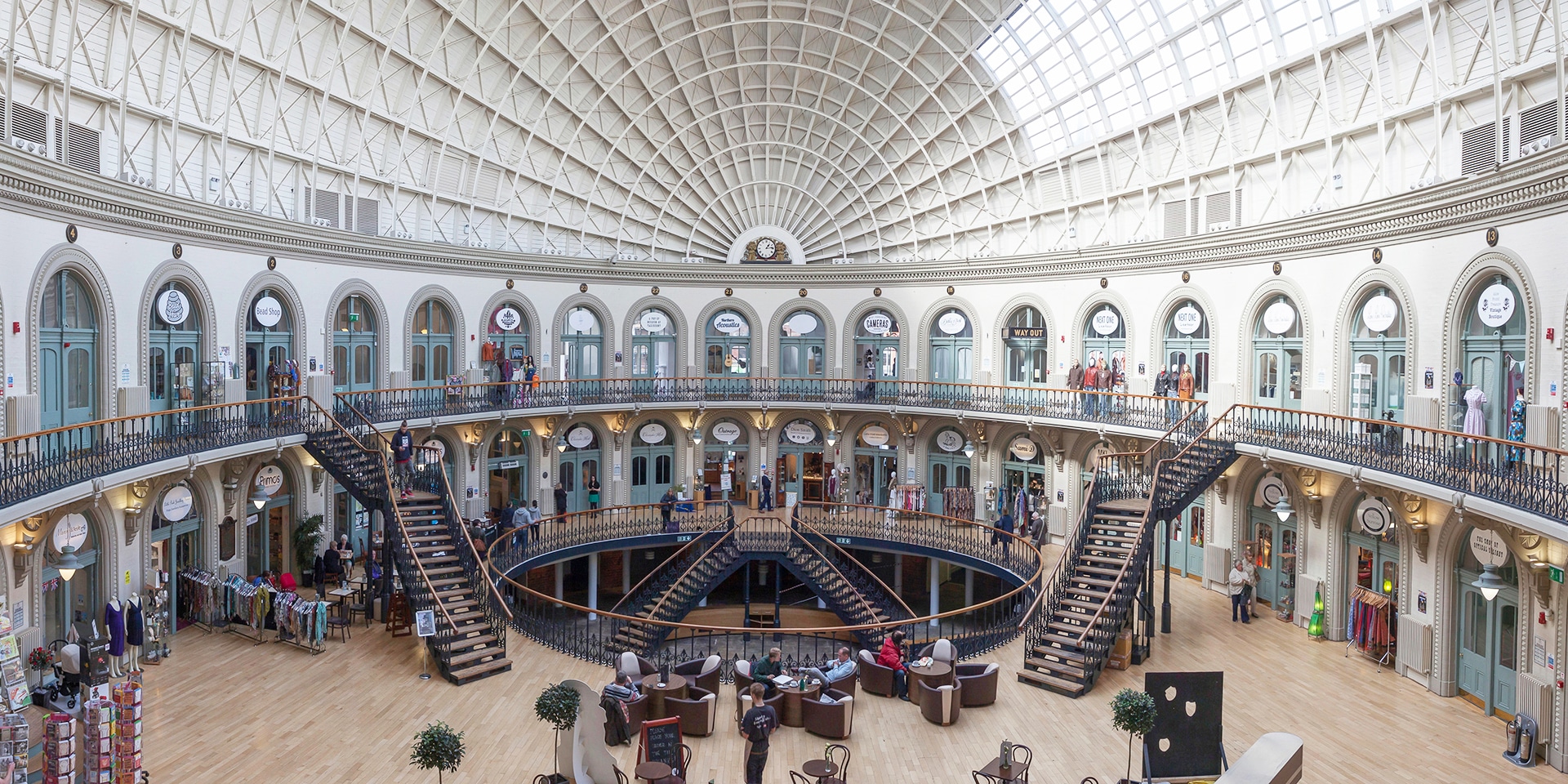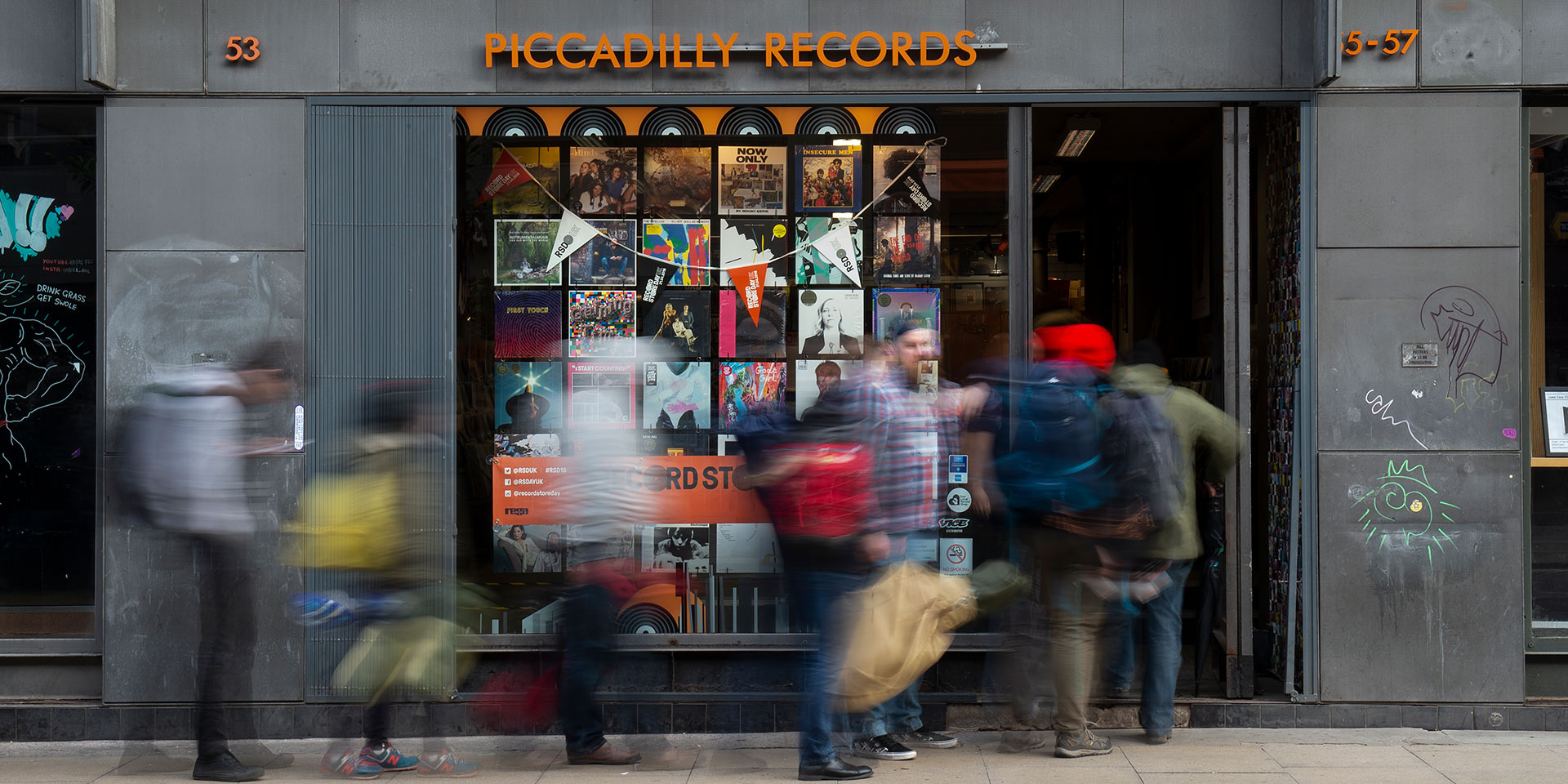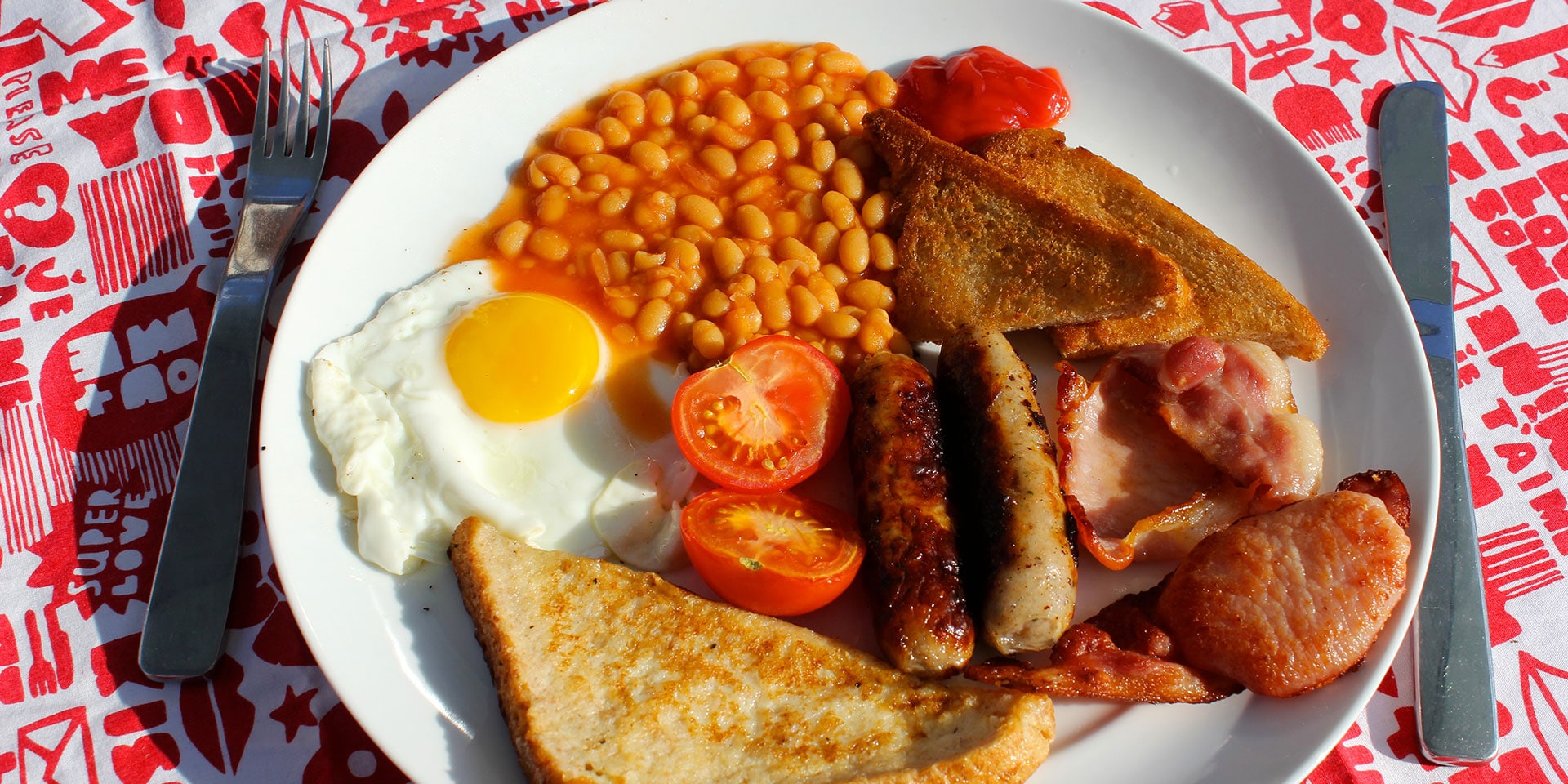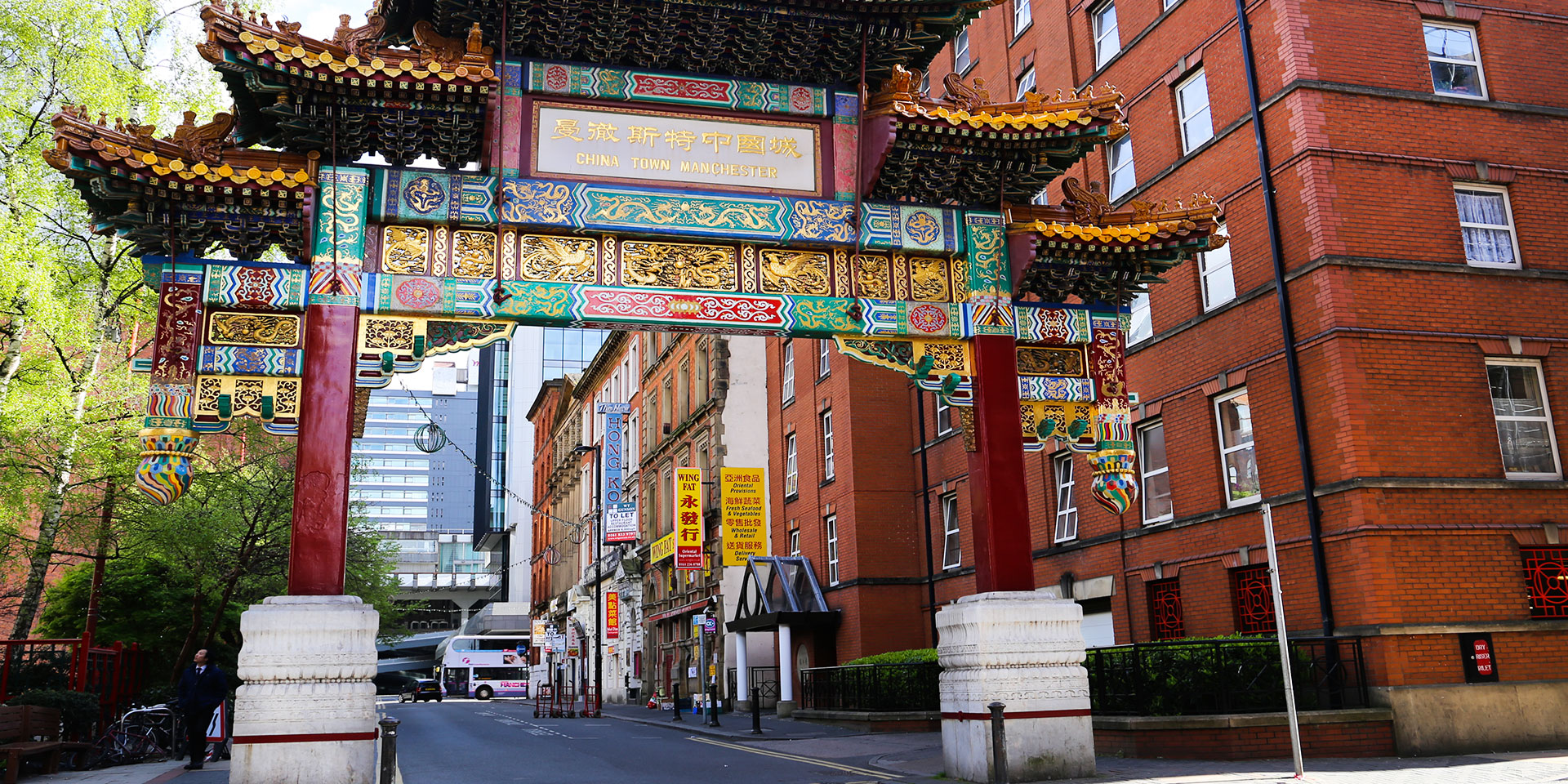
Manchester’s Chinatown is a feast for the senses. (Photo: Getty Images)
ManchesterAn Insider’s Look at Manchester’s Chinatown
By Joe WorthingtonManchester, the capital of northern England and the birthplace of the Industrial Revolution, is a haven of cultural integration, but what I found in the city’s famous Chinatown was a unique combination of Chinese foods and cultural traditions with a northern-English twist.
Picture a street lined with Asian supermarkets, restaurants serving the best Chinese-meets-British food and a Paifang Chinese archway, and then add people speaking with a strong northern-English accent, and you’ll know you’ve arrived.
Chinatown Heritage
Though today it’s just a short hop from Manchester Piccadilly train station, Manchester’s Chinatown was established more than 100 years ago by Chinese peasants who emigrated to find their fortune in England’s bustling industrial heart.
Since then, this part of the city has witnessed the opening of Manchester’s first Chinese restaurant and the construction of the Chinese-carved, ornately decorated, dragon-and phoenix-covered Paifang archway, a present from the Manchester City Council to the Chinese community in 1986. And perhaps most intriguing, the neighborhood was also ground zero for bizarre secret-intelligence operations.
The Guardian Telephone Exchange was, I thought, just another unassuming brick building on George Street, but I found out that it has a sinister history. The building sits on top of a heavily fortified nuclear fallout bunker with more than four miles of tunnels that was built to protect visiting Chinese officials in the event of a nuclear war. The bunker was built by Polish workers who could not speak English, and officials denied its existence until 1967, 10 years after it was constructed.
There are countless plaques and listed buildings throughout Chinatown, some to preserve Manchester’s Chinese legacy and others dedicated to keeping alive memories of the Industrial Revolution. Regardless, Manchester’s Chinatown is one of the city’s best-preserved cultural hotspots.
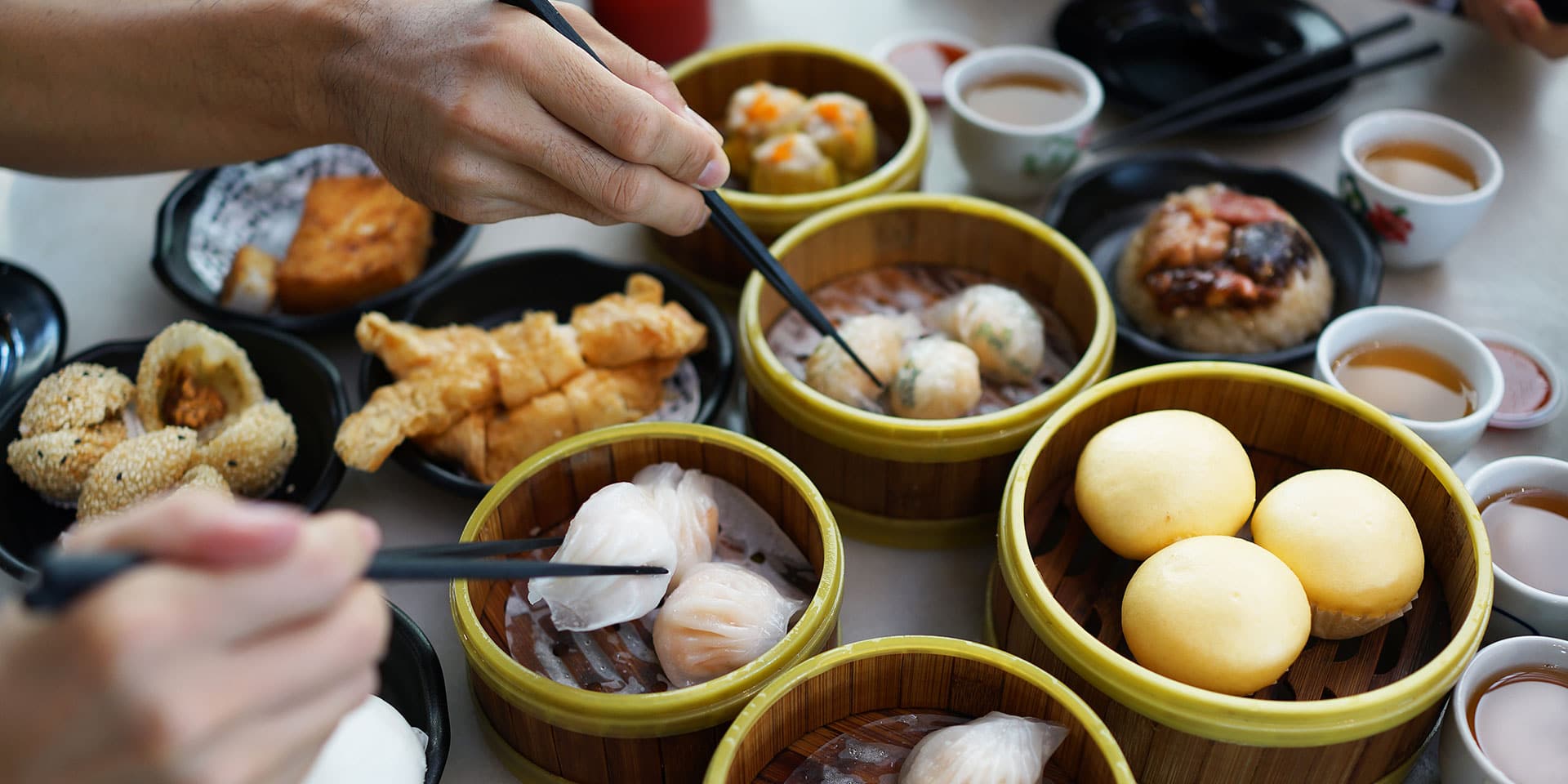
East-Meets-West Dining
A few years ago I spent two months living and working in China, so my culinary expectations were high when I arrived to sample Manchester Chinatown’s food.
The neighborhood is famous across the country for its cheap but tasty Chinese cafés and bakeries and award-winning Asian restaurants whose chefs have added modern British twists to traditional recipes and cooking methods. Visitors have more than 100 eateries to choose from, ranging from cheap, no-nonsense backstreet bakeries to high-end fine dining restaurants.
My first port of call was Yang Sing Restaurant, which has won more than 40 awards since Harry and Tim Kwan Yeung opened its doors in November 1977. I had heard from friends that this almost palatial-grade restaurant on Princess Street is reinventing Chinese food with a modern Mancunian twist.
Dim sum is a mainstay of any good Chinese restaurant, but at Yang Sing they fuse together secret recipes with indulgent ingredients to make this dumpling-sharing meal extra special. No matter where in the world — be it a Chinatown in Manchester or a side street in Shanghai — the basics of dim sum stay the same: super-thin steamed dumplings or buns stuffed with tasty ingredients.
I decided to sample a selection of dim sum, ordering mini belly-rib dumplings, coriander beef balls, prawn and pork dumplings, and sticky rice with shredded duck wraps. The flavors were an explosion in the mouth, but the recipes had been modified to suit a Western palate. Chili was replaced by black-bean sauce, and the dumplings were slightly sweeter than their Chinese counterparts.
Yang Sing’s own tea master, Mr. Wong, has paired some of China’s freshest teas with each of the dim sum dumplings, ranging from woody pu’er tea to medium-dark orange pekoe and rich oolong.
I have a very sweet tooth, so my next stop was Ho’s Bakery, a small, no-frills Chinese bakery on Faulkner Street. Manchester’s Chinatown is home to Chinese expatriates from across China, Hong Kong and Macau, and the bakery serves a wide selection of different cakes and pastries from across the country. Sampling food from different regions at Ho’s is quick, simple and inexpensive.
I tried a moon cake, which is a thick-crust pie filled with red beans; a Hong Kong steamed coconut bun; and a Macanese Portuguese Tart, a mouth-watering pastry shell filled with thick sweet custard and syrup. The cabinets in this place seemed to be filled with enough cakes and pastries to feed the whole of China.
As I walked down the main road, Faulkner Street, I heard American tourists talking about how surprised they were to find this cultural enclave — and Europe’s third-largest Chinatown — at the heart of this gritty city. Chinese tourists stood nearby, taking photos of the Paifang arch, and local Mancunians were eating pandan Swiss rolls and Portuguese tarts as they tapped away on their Chinese-made smartphones. What could symbolize Manchester-meets-China more than this?





